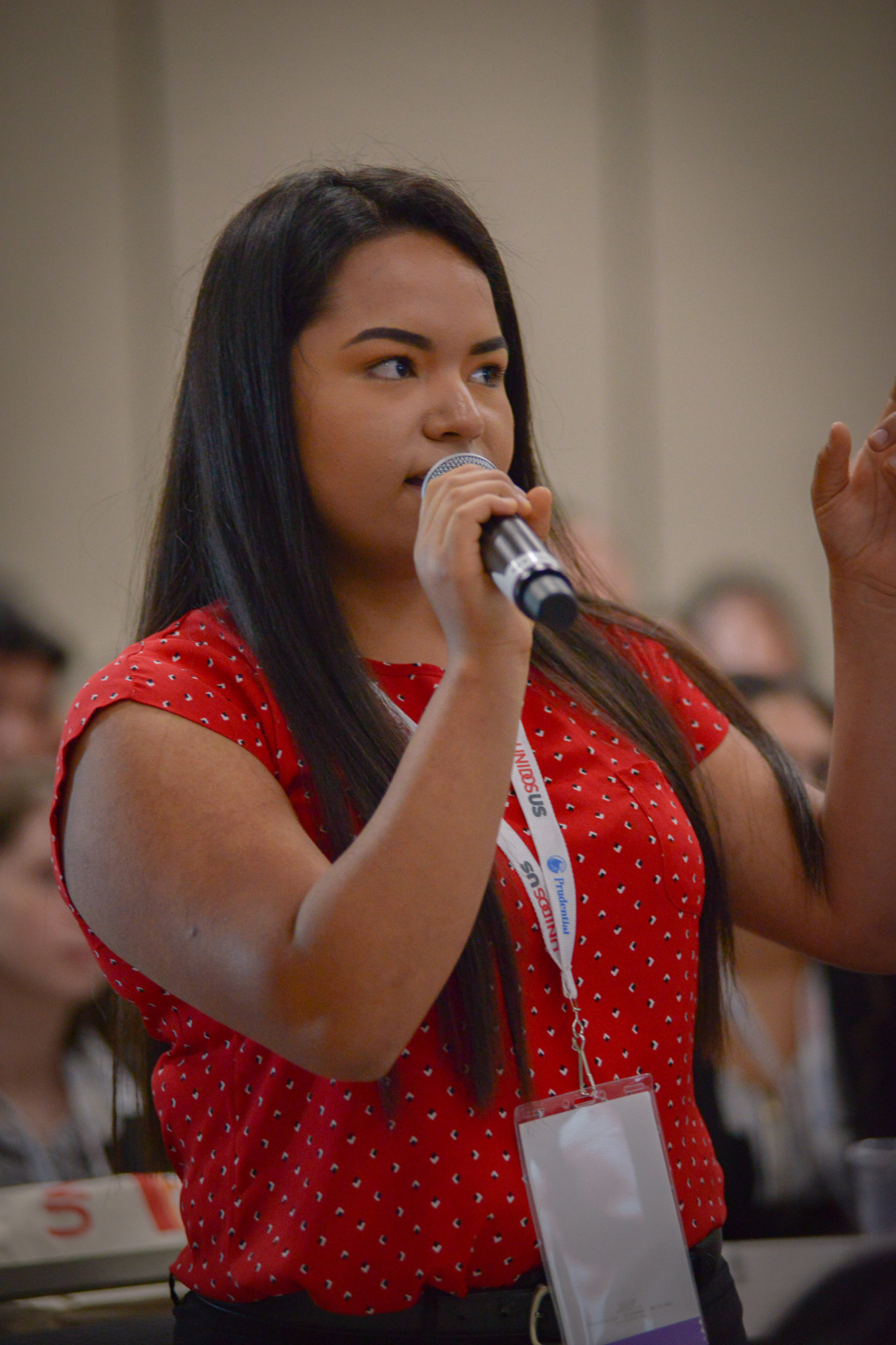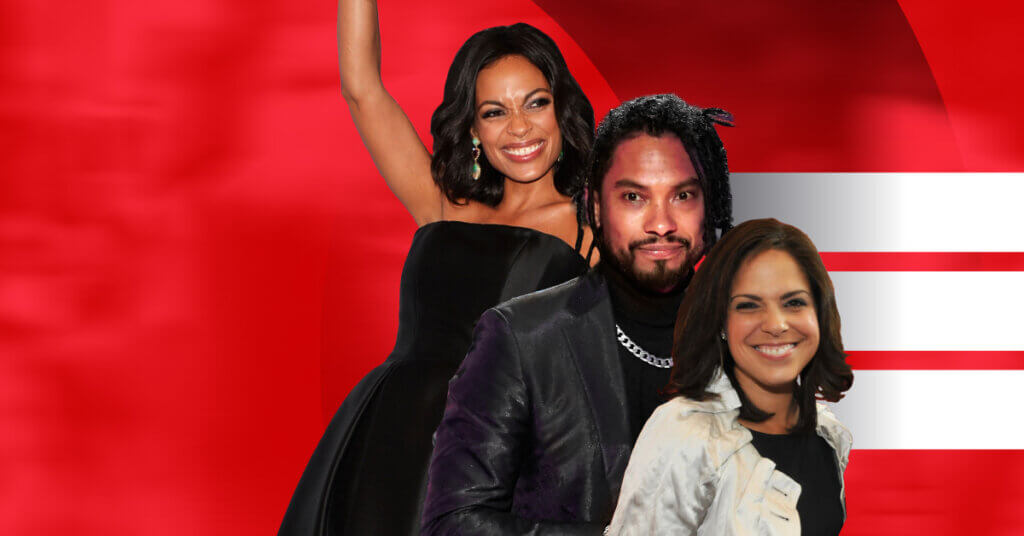Embracing our Afro-Latinx identities
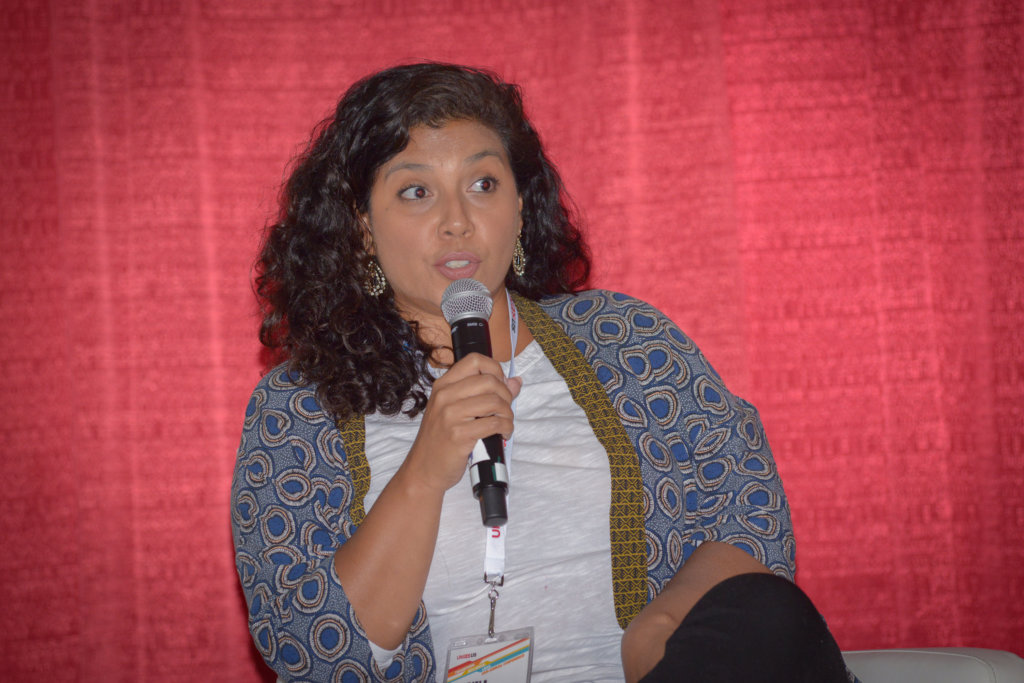
By Stephanie Presch, Content Specialist, UnidosUS
Increasing visibility for Afro-Latinx people has been a personal cause for Mariela Rosario, Editor-in-Chief of HipLatina and the moderator for the panel Embracing Our Afro-Latinx Identities at the 2019 UnidosUS Annual Conference in San Diego.
Rosario identifies as Afro-Latina herself, and has pushed for increased representation throughout her entire career at the publication.
Keep up with the latest from UnidosUS
Sign up for the weekly UnidosUS Action Network newsletter delivered every Thursday.
“I’ve really worked to uplift the stories of Afro-Latinos and Afro-Latina women in the United States,” Rosario explains, adding that we are now at a turning point when it comes to representation both within our community and in wider American society.
An awareness
“There was always an awareness that I had about being Black,” says Ser Álida, a Dominican and Black author and educator who resides in Mississippi.
Álida explains that while she lives in Mississippi now, she’s originally from the Bronx and moved to the state to participate in Teach for America. She quickly found herself in a different context than the one she’d grown up in the Bronx.
“I’m the only Latina I know, and I’m the only Black Latina,” Álida added of her time in the program.
But living in Mississippi showed her that her identity is seen as two separate ones that could not co-exist.
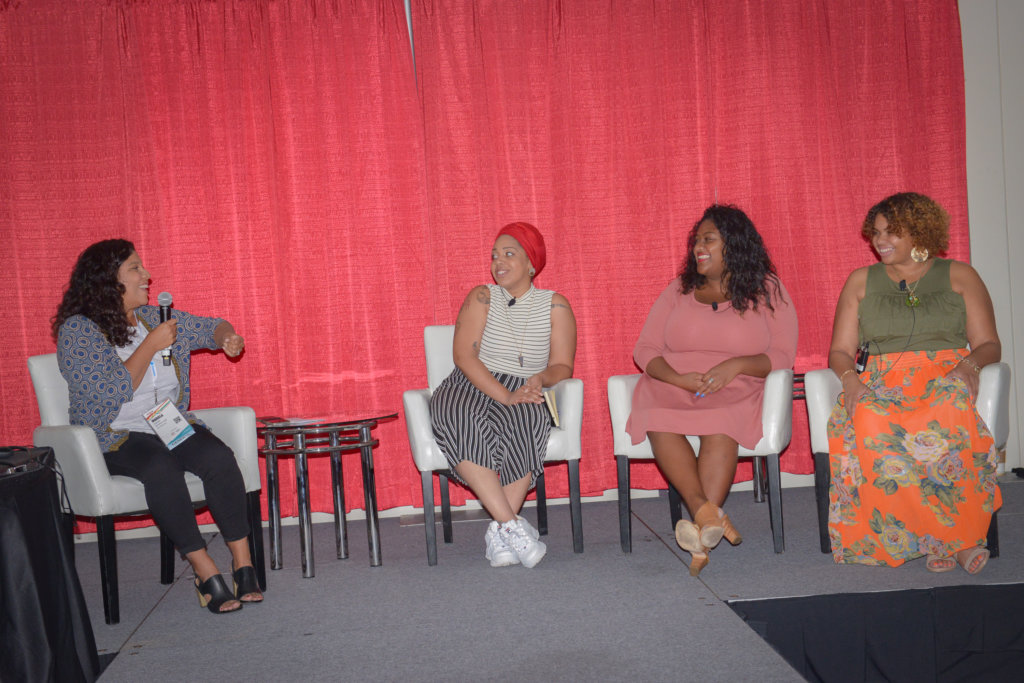
“At my literacy class in the morning, one of my students came in and said a racial slur toward Black people, feeling very comfortable saying it because I’m Latinx,” she added.
Then, at her night job at a library—“A Black person became very comfortable telling me that all Mexicans and Latinos were taking their jobs.”
As an Afro-Latinx person, this interaction between identities can be even more serious than an instance of casual bigotry from someone who perceives her to be “in” on their remark. For example, Álida explains that when she is stopped by a police officer, she is seen first as a Black woman, then as a Latina, putting her at more risk of being profiled.
“The layers of oppression get deeper,” she explains.
A distance
For Amanda Edgerton, a math teacher from Jacksonville, Florida, who previously spoke to UnidosUS’s education blog ProgressReport.co about Afro-Latinx identity, there was always a distance between herself and her Mexican heritage.
“I don’t know a lot about my Mexican identity because my mother taught me a lot more about my Black identity,” she explains.
But despite this distance, Edgerton was still very much aware of her identity and often felt that she had to defend it. “I would have to defend that I am Black and I am Mexican, because I couldn’t be both,” she added.
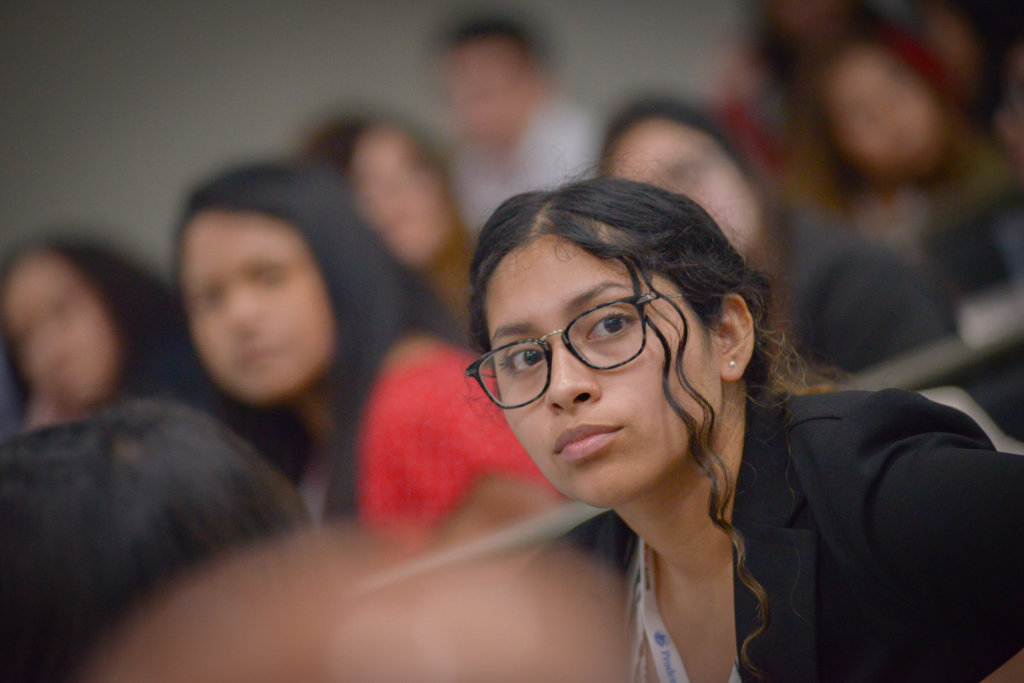
Edgerton continued to struggle with her identity as an Afro-Latina woman until she attended a Teach for America Summit when she was in her mid-20s. Now, she remains committed to holding conversations about identity, especially with her students in her math class in Jacksonville.
‘Era gringa’
Vanity Duran, who serves as a leader of UnidosUS’s female empowerment program Entre Mujeres at Enterprising Latinas, an UnidosUS Affiliate community-based organization in Wimauma, Florida, also spoke to ProgressReport.co about her experience as an Afro-Latina woman.
Like Edgerton and Álida, Duran conveyed the sense that she was caught between both of her identities growing up. “I lived in a predominantly Hispanic area, but I gravitated toward the Black girls,” she explains. “When it came to Spanish girls—era gringa.”
But even though Duran ended up feeling that she was being forced to choose between her identity as a Black woman and her identity as a Dominican woman, she became determined to bring them together.
She started practicing her Spanish by listening to music by Latinx artists like Daddy Yankee.
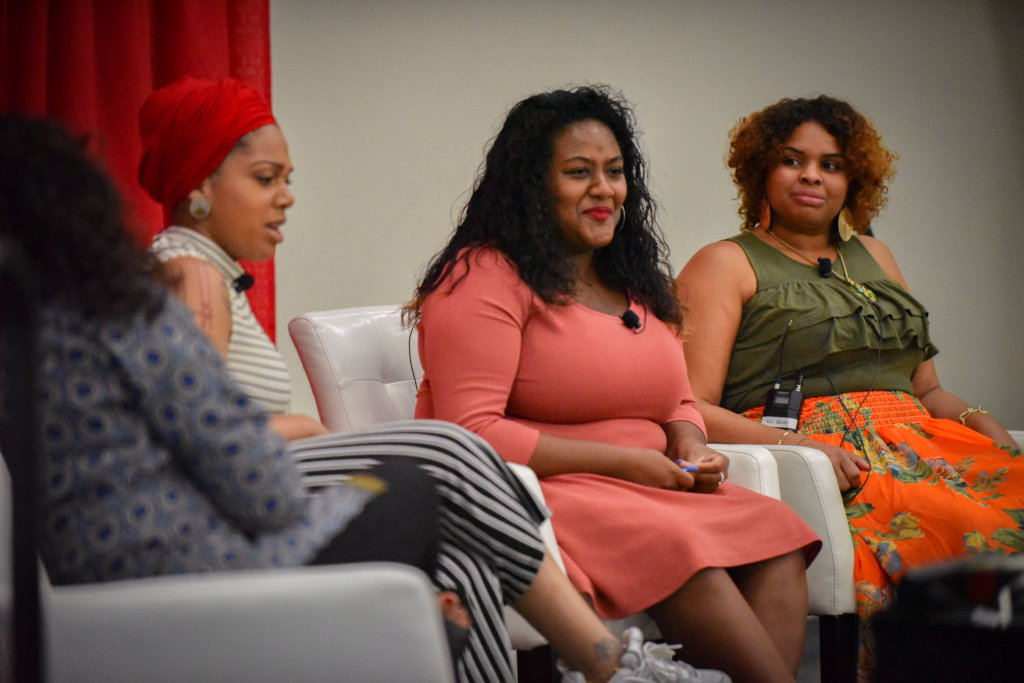
She even told her mother, “Mom, do not make fun of me, but I’m going to start speaking to you in Spanish.”
Policing appearances
While language is a key part of identity, appearance is also key. Appearance is also often policed when it doesn’t match up with what is perceived to either be the standard or the ideal form of beauty.
“We have a tendency to police each other’s identities, especially when we’re younger and in school,” Rosario explains.
Duran added that when she was younger, she would get made fun of for her appearance. “I just laugh now because everyone wants big lips,” she says.
Her appearance was also watched closely by her grandmother when she was younger. She elaborated and said that her grandmother would look at her natural curls and say, “When are you going to comb your hair? You look like you got electrocuted.”
This led to her unsuccessfully trying to straighten her hair. “I was trying to cover up what I thought were flaws,” she says.
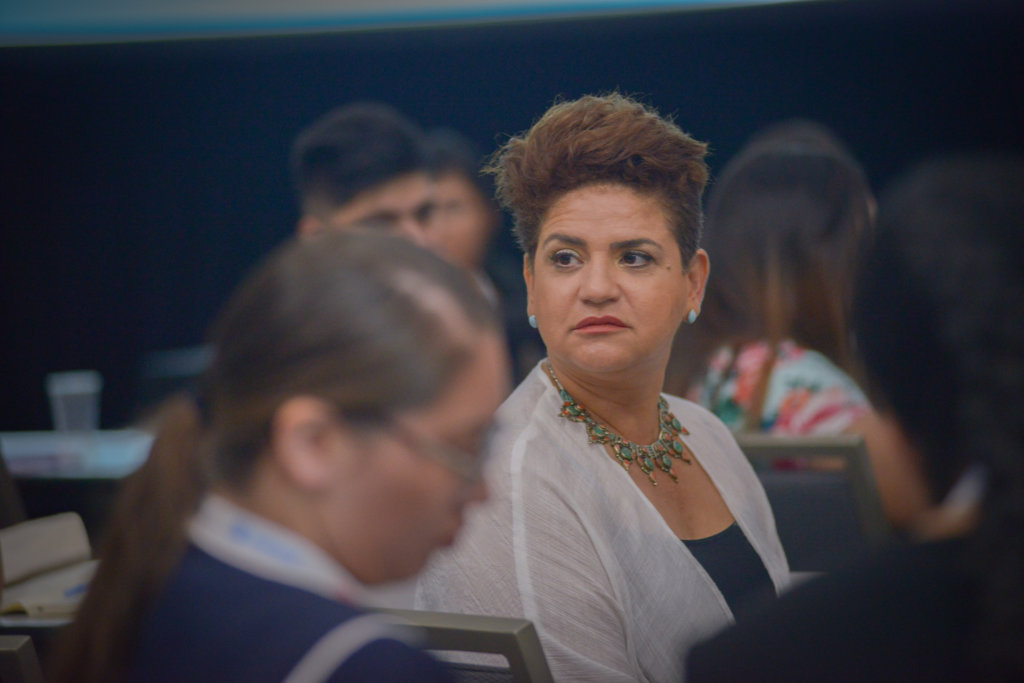
Álida had a similar experience that was taken even further when a neighbor took it upon themselves to relax her hair as a “favor” to her mother. “It was a complete stranger telling my mother how to manage my hair,” Álida recalls.
The changes that one makes to their appearance can also make a statement. Álida went on to explain that, “As part of separating myself from those other Black girls, I never did my edges. That would mean me embracing Blackness or accepting Blackness.”
Making room
Álida explained that she has a friend who identifies as Afro-Latinx, but who, in her words, looks “like a novela girl.” She invited those who have Black and Latinx history to identify as Afro-Latinx if they felt it was right for them, but also encouraged people to keep the door open for those who are Afro-Latinx and who are darker than they are.
Álida asked the audience to think about this question—“What privilege do I have in this conversation of being Afro-Latinx?”
There are few spaces that exist wholly for Afro-Latinx people, and Álida urged the audience to do what they could to hold space in particular for Afro-Latinas, especially if they are leaders in their community.
“Share your story—express yourself, that’s really all you have at the end of the day,” Duran urged the audience.
We are the consumers
One of the ways that we can all hold space for Afro-Latina people is through the type of media we consume. Rosario explained that at HipLatina, one of the things that is done to lift up representations of Afro-Latina women is to sneak in stock photos that feature darker-skinned women into the articles on their website.
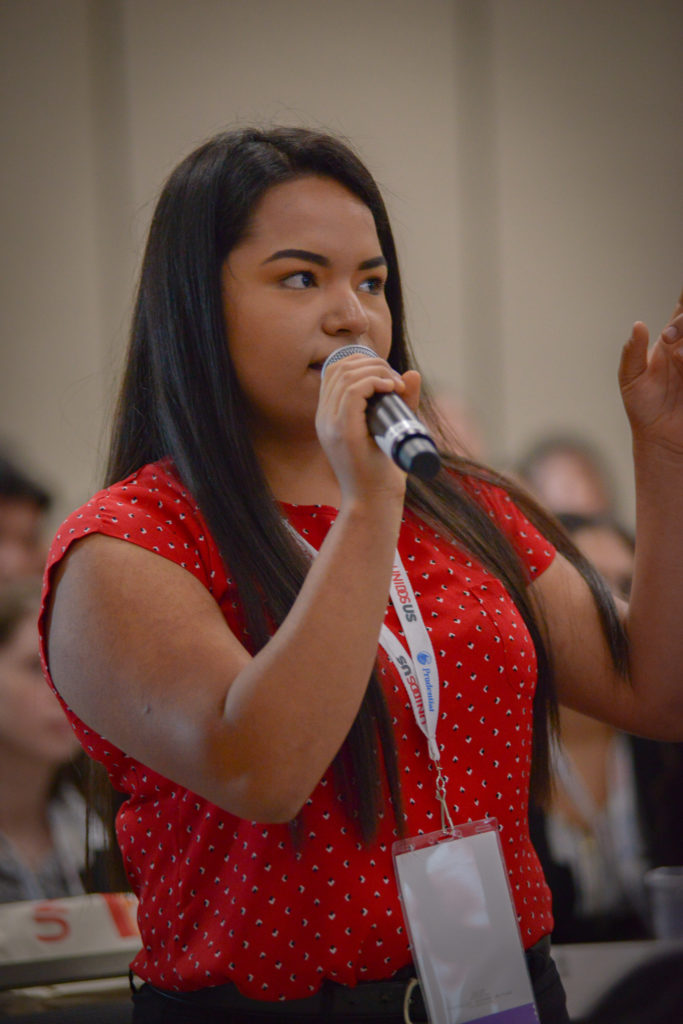
“A lot of what I’ve been doing over the past few years is just creating content, just bringing general awareness about people who are already out there,” Rosario added.
Álida pointed to Twitter and Instagram as places where attendees could demand the content they want and call out creators for not being inclusive. “We are the consumers. We run it,” she said.
“If you don’t see what you’re looking for, make it. If you don’t see it, create your own path,” Duran concluded.
This Black History Month is the perfect opportunity to build on this workshop’s discussion and learn more about the impact that the Afro-Latinx community has had on our country. To get started, consider checking out five ways from our education blog Progress Report on how to teach about Afro-Latinx identity.
